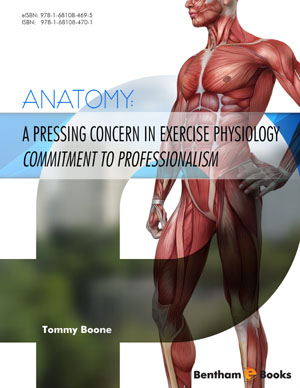Abstract
Improving flexibility is primarily the result of performing stretching exercises. The right flexibility program will provide the athlete with the knowledge to increase range of motion, maximize efficiency of movement, supplement training, and enhance recovery. A good flexibility program concentrates on muscle groups most likely to experience adaptive shortening. In the majority of the cases, just three flexibility exercises will produce the range of motion required to optimize the musculoskeletal system for almost any sport. Be sure to remember that there are “good, useless, and dangerous” flexibility exercises. The useless and the dangerous exercises must be avoided. An excellent example of the latter point is the hurdler’s stretch exercise during which the position of the knee and leg stretches the medial collateral ligament while putting pressure on the medial meniscus.
Keywords: Anatomy, Flexibility training, Hamstring muscles, Musculoskeletal joint, Muscle spindles.






















